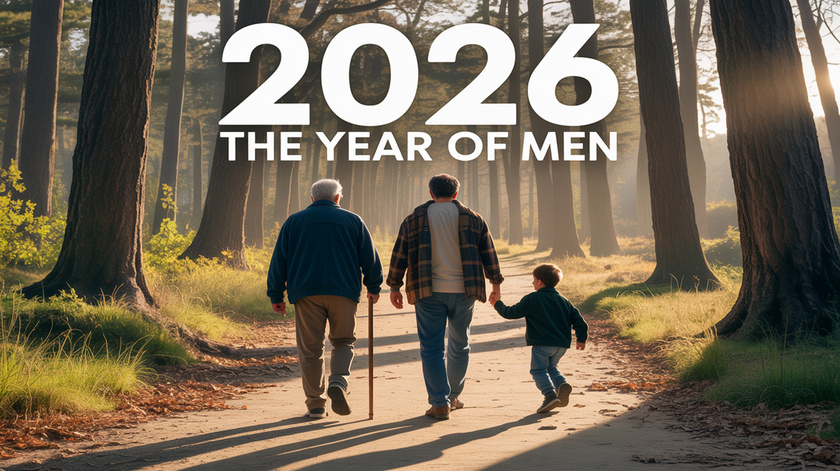As we close out 2025, I want to extend my heartfelt thanks to all the supporters at menaregood.locals.com. Your encouragement, engagement, and belief in this work have meant more than I can say. Whether you've joined discussions, supported financially, or simply taken the time to read and reflect, you've helped create a space where men’s issues can be explored with honesty and depth. I’m deeply grateful for your presence here, and I look forward to continuing this important work together in the year ahead.
Let's hope that 2026 is indeed the year of men!
Happy New Year!



















